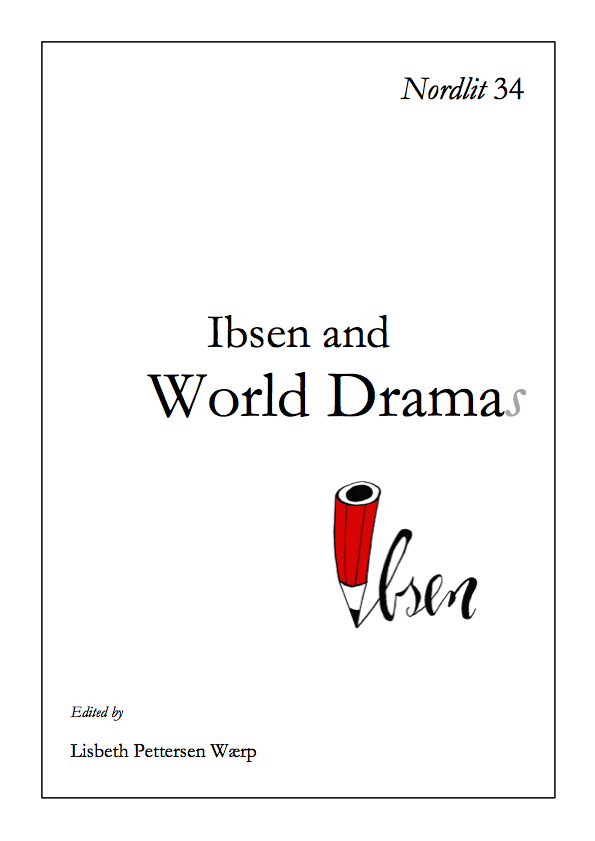Sweating with Peer Gynt. Performative exchange as a way of accessing scenographic action
DOI:
https://doi.org/10.7557/13.3379Abstract
The present article addresses the rather complex notion of scenography in relation to historical research. Two performances of Henrik Ibsens’s Peer Gynt are presented as case studies with the aim of stimulating scenographic analyses of historical material. This approach does not dismiss the importance of the dramatic text, or the actors, or the various contexts in which the performances take place. On the contrary, I strongly believe that one always has to account for the multifarious complexity of a theatrical event. However, my research is guided by an interest in exploring ways of accessing long-past practices, forms and events, rather than relying on the assumption that one recovers something stable and fixed.
What I claim is very simple: much more reliable knowledge can be produced by exploring, and working with traces from past events and theatrical processes. This approach can be associated with a current trend in theatre studies, in which “historical research has once more come to the fore” (Tessing Schneider & Skjoldager-Nielsen, 2011, 5) as well as an ethic of “being-with” the objects of investigation found in artistic research (e.g. Hannula 2008). On a general level, my approach can be associated with the affective turn in the humanities. Acknowledging corporeality, materiality and sensuousness, this turn also notices the importance of social aspects, transformation and critical development (Diprose, 2002; Meskimmon, 2011).
This study is mainly concerned with the question of how we can theorize, and play with the challenging difference between a performance that one has actually experienced, intellectually as well as physically, and a performance that is accessible only through traces and fragments. I raise this question both as an art history scholar and as a former professional classical and contemporary dancer. This means that I make use of my own experiences from the theatre – an approach that does not detract from the requirements of critical thinking and accuracy in scholarly research.









